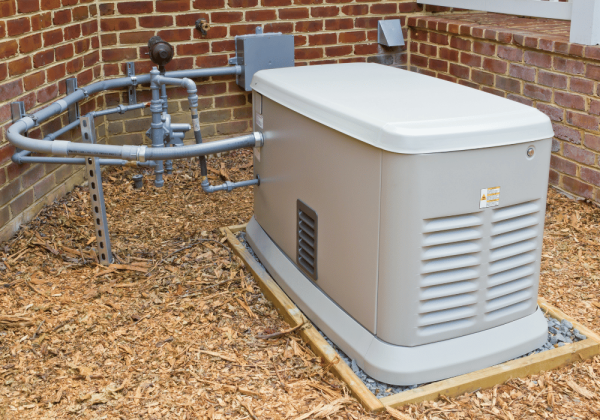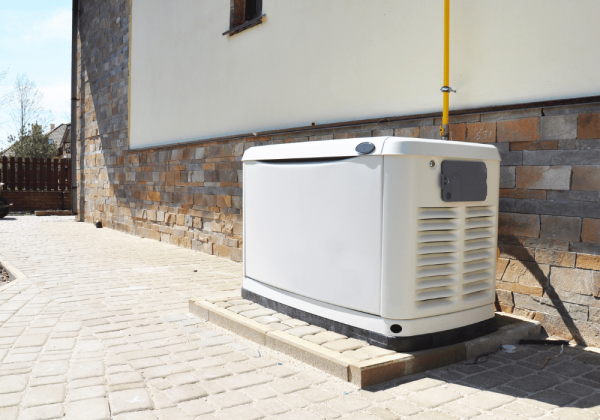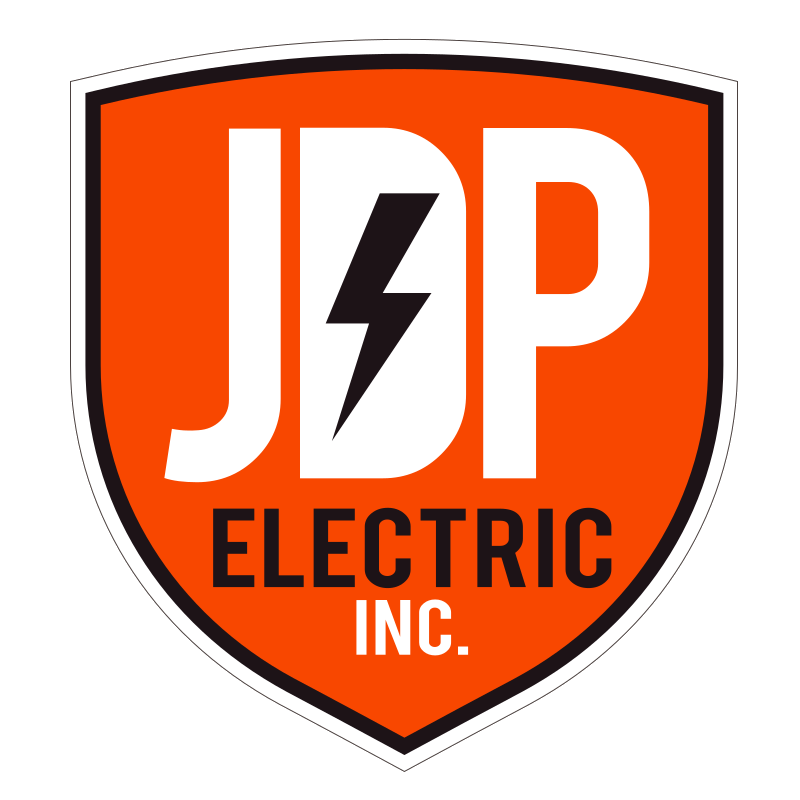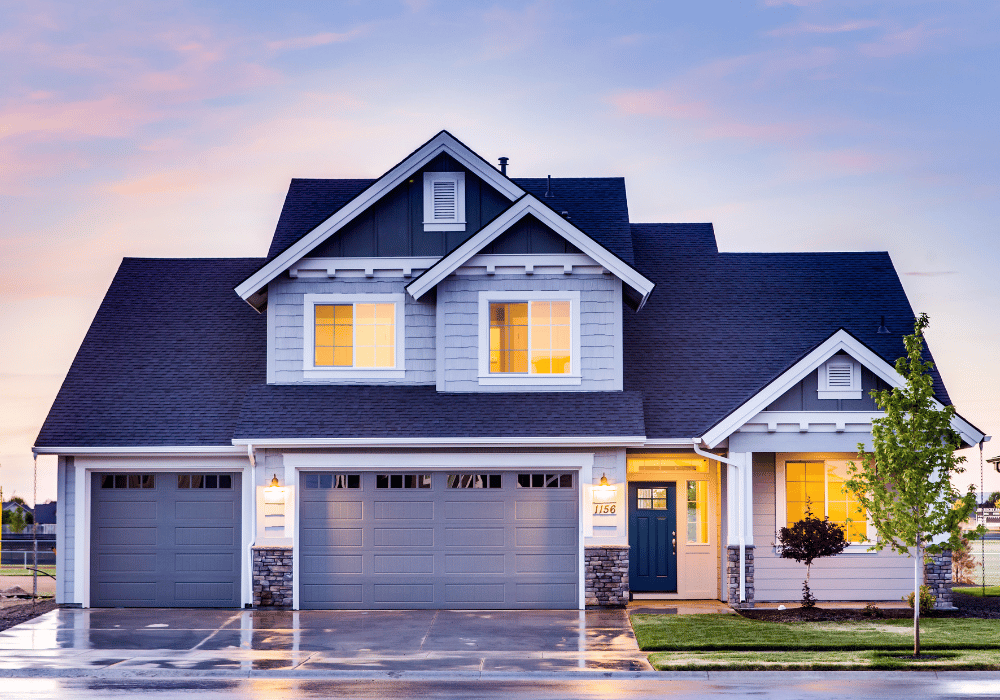As a homeowner, the thought of a power outage strikes fear into the heart of even the most prepared individuals. We rely on electricity for many aspects of our daily lives, from lighting our homes to keeping our food refrigerated and our loved ones safe. Recognizing the essential need for a stable power supply, home generators have become an increasingly popular investment in residential properties. In this comprehensive guide, we dive into the ins and outs of Generac home generator systems, taking you through installation, maintenance, and every step in between, ensuring a seamless process to protect your home’s power supply.
Why Invest in a Home Generator?

Natural disasters, grid failures, or even routine maintenance can disrupt your home’s electrical service, leaving you in the dark — both figuratively and literally. The necessity to maintain a power supply to essential home systems and devices is not only a convenience but often a vital requirement. This section provides an exhaustive breakdown of the reasons why a home generator can be your haven during power outages.
Be Prepared for Outages
Staying prepared is a fundamental part of home safety. With a Generac home generator, you can rest assured that your power supply will kick in automatically, whether you’re at home or away. This peace of mind is invaluable during unexpected outages.
Protect Your Investments
Sensitive electronics and home systems can be severely damaged by power surges and fluctuations. A home generator provides a consistent power quality, prolonging the life of your appliances and systems such as HVAC units, sump pumps, and more.
Safeguarding Your Family
In an emergency, having power not only ensures comfort but also safety. For families with medical needs that rely on powered equipment, a home generator can be a literal life-saver.
Selecting the Right Generac Generator
Investing in a home generator is a significant decision and selecting the right one is crucial. How do you choose the generator that’s best for your home? We help you break down the decision-making process.
Determining Power Needs
Calculate the wattage your home requires during an outage. Identify critical loads like lights, heating, refrigeration, and life-support systems. Generac’s online tools and wattage calculators can assist in this step.
Types of Generators Available
Generac offers a range of home generators, from portable to permanent standby models. Understand the operational differences between air-cooled and liquid-cooled models. Evaluate each type based on your specific home needs and budget.
Selecting the Right Size
Size matters – generator size, that is. An undersized unit won’t power your essentials, and an overdimensioned one is a financial strain. Learn how to match generator size to your electrical needs, ensuring you have ample power during an outage.
Installation Day: What to Expect
Getting a home generator installed is a complex process. Here’s what you need to know about the installation journey, from start to finish.
Site Assessment
A Generac dealer will visit your home to conduct a site assessment. They’ll consider proximity to the natural gas or propane source, the load you want to power, and local building codes.
Placement and Connections
Your generator should be placed on a level surface and properly connected to your home’s electrical system by a professional. Learn about the key steps, including running the wiring, and connecting the fuel source.
The Transfer Switch

The transfer switch is the brain of your generator system. It detects when your power goes out and automatically transfers power to the generator, then back to the utility source when power is restored. Discover the installation process and its role in maintaining your home’s safety.

